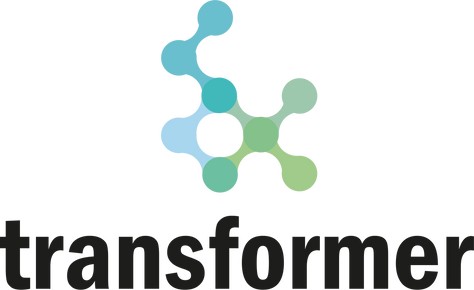Facilitation strategies for fostering collaboration are crucial for the implementation of the pilot use cases but also during all activities of a TSL. Below some strategies that can be adopted by TSLs:
- Regular Stand-Up Meetings allow team members to update each other on their progress, upcoming tasks, and potential obstacles, enhancing communication and keeping everyone aligned[1]. Effective Team Charters also play a key role, outlining the team’s purpose, goals, and expected outcomes, and detailing roles and decision-making processes. This clarity fosters accountability and ensures the team remains cohesive and productive[2].
- Role definition Workshops further enhance collaboration by allowing team members to collaboratively define their roles and responsibilities, promoting mutual respect and clear expectations[3]. Incorporating Collaborative Tools such as Trello, Asana, and Slack facilitates real-time communication, task management, and information sharing, supporting a more organized and efficient team dynamic[4].
- Feedback loops provide regular opportunities for team members to give and receive feedback, promoting continuous improvement and strengthening collective performance[5]. Finally, Cross-Training team members in multiple roles increases flexibility and understanding of different functions, ensuring the team can adapt to changes and challenges effectively, and fosters a more cohesive and resilient working environment[6].
[1] Motion. (2023). Stand-up Meetings: How to Run Them Like a Pro. Available at: https://www.usemotion.com/blog/stand-up-meetings
[2] Miro (n.d.). The Quick Guide to Team Charters (With Examples). Available at: https://miro.com/organizational-chart/what-is-a-team-charter/
[3] Sorteberg, H. (2018). Role Definition Workshops: A Simple Method to Tune Your Team. Available at: https://www.customerinsightleader.com/others/role-definition-workshops/
[4] Bika, N. (2023). 15 collaboration tools for productive teams. Available at: https://resources.workable.com/tutorial/collaboration-tools
[5] Qualtrics. (n.d.). What is a Feedback Loop and How Does It Work? Available at: https://www.qualtrics.com/experience-management/customer/feedback-loop/
[6] MindTools. (n.d.). Cross-Training. Available at: https://www.mindtools.com/ara7oku/cross-training

